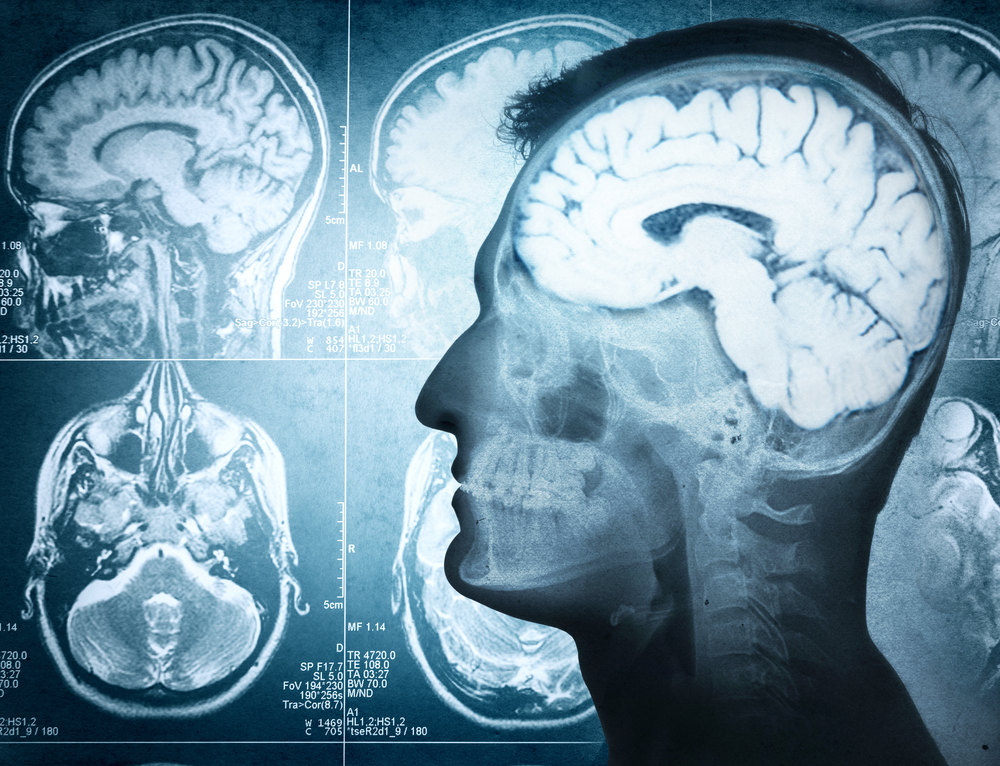Study May Explain Why Only Certain Brain Cells Are Damaged in Friedreich’s Ataxia

The selective degeneration of certain neurons in patients with Friedreich’s ataxia may be explained by the effect that the lack of frataxin has on nervous system cells called astrocytes. Researchers discovered that mice, which grew up without frataxin, had abnormal astrocytes in their cerebellum, while those cells in the front of the brain were normal.
The study, “A role for astrocytes in cerebellar deficits in frataxin deficiency: Protection by insulin-like growth factor I,” also suggests that the growth factor IGF-1 (insulin-like growth factor 1) might be a treatment option to lessen the effects of frataxin loss during development. The study was published in the journal Molecular and Cellular Neuroscience.
Although frataxin — the mutated protein that causes Friedreich’s ataxia — is present throughout the body and central nervous system, some cells are more affected by its loss than others. Particularly, certain neurons running between the spinal cord and cerebellum are damaged by the loss of frataxin, causing the typical ataxia symptoms.
Much research suggests that astrocytes, a cell type that supports neurons and modulates their signaling, also are involved in the processes leading to neurodegeneration.
To examine if astrocytes are affected by the loss of frataxin, researchers at the Cajal Institute in Spain engineered mice in which frataxin could be removed in a time-dependent manner. Removing the protein during development led to the degeneration of the cerebellum, ataxia, and early death. But when frataxin was removed in adult mice, ataxia symptoms did not appear.
Focusing on differences between the cerebellum — crucial for movement fine-tuning and coordination — and the frontal part of the brain, allowed the team to understand why the loss of frataxin does not impact all brain regions equally.
In normal mice, levels of the protein are much higher in the cerebellum than in the forebrain during the first days after birth. Examining the astrocytes, researchers found the same pattern. Astrocytes in the cerebellum normally produce much higher levels of frataxin than those in the forebrain.
Deleting the frataxin gene in early development, therefore, affected the cerebellar astrocytes more, hampering their growth and survival. But those in the front part of the brain were not affected.
In addition, the team discovered that levels of IGF-1 were lower in the mice lacking frataxin during development. When researchers treated the animals with the growth factor, the impact of lost frataxin was lessened, with less neurodegeneration in the cerebellum, improved movement capacity, and better survival. Similar findings have been reported in small pilot studies in humans.






